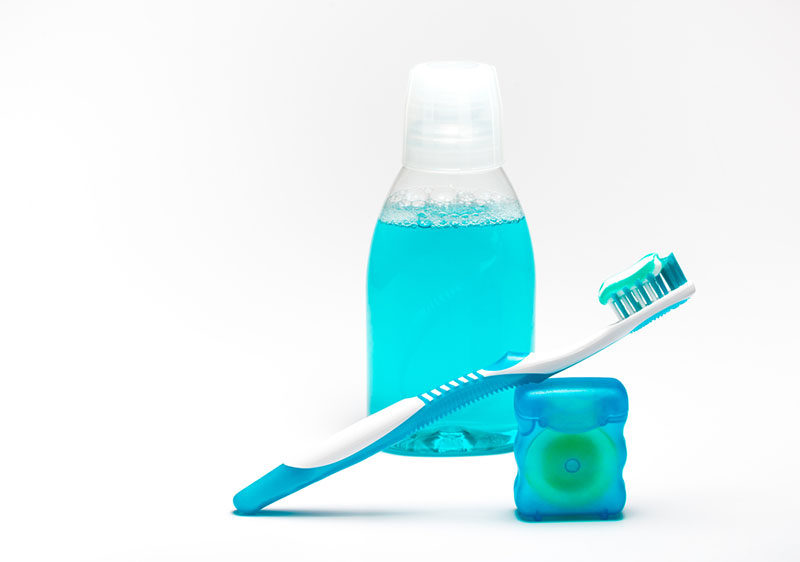
Kids and Flossing
Between the ages of two and six, your child’s teeth will become to become closer to each other. When this happens, it is important to start flossing their teeth and teaching them why flossing is critical to oral health. As your child reaches 10 years old, they should be able to floss completely on their own without much help. The floss used in your child’s mouth should be flexible and soft so it does not hurt. It is important to remember that children have more sensitivity in their mouth and gums could get irritated quickly due to rough flossing.
There is a certain strategy that should be followed when flossing your child’s teeth. Floss strands should be about 18 inches, which is then taken and wrapped loosely around the middle fingers, leaving an inch of floss in between. Then use the thumb and index finger to slide the floss down in between the teeth. In order to do this, it is crucial to keep the floss taught. After that, the floss has to be in a curved “C’ shape and moved up and down the sides of the teeth and in the gum line. After flossing between each tooth, remember to move the floss to a new, clean section of the floss. As flossing is an important habit for adults to maintain, it is also critical that children participate in flossing as well. Flossing reduces the amount of bacteria and food debris found along the gum line and as a result, allows your child to have better oral hygiene!

